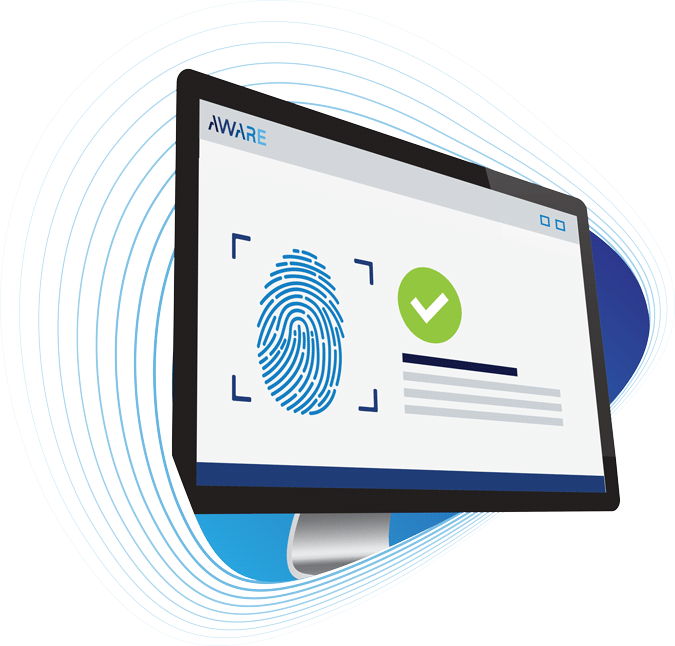In an earlier blog, we discussed the evolution of biometrics in law enforcement. It was not until the 1980s, that the Japanese National Police Agency created the Automated Fingerprint Identification System or AFIS, that many are familiar with today. Their AFIS allowed for cross-check of millions of prints simultaneously. The system used the same identification characteristics as Galton and Henry but was now digital. Unfortunately, fingerprint systems could only speak to other computers on the private network. If a crime was committed in Massachusetts, there was no way police could cross-check the individuals records in Texas. In response to this, the FBI created the Integrated AFIS or IAFIS in 1999, which allowed law enforcement agencies from all over the country and the world to store, exchange, and compare fingerprint data in a digital format. However, many are left wondering what the future has in store for biometrics in local law enforcement?
Biometrics in law enforcement today
Since 1999, fingerprint identification transformed to the use of other biometrics to effectively identify individuals. Today’s law enforcement agencies can now use:
- Automated Fingerprint Identification Systems (AFIS): Use of digital imaging to capture a fingerprint and compares one set of minutiae data with a large database of similar records
- Criminal ID solutions: Made up of criminal AFIS systems, the use of biometrics by police officers in the field, prison/courthouse applications and counter-fraud and terror initiatives.
- Automated Biometric Identification Systems (ABIS): Used for large-scale biometric identification and deduplication. It enables matching of a live sample against many existing biometric templates to find a record of a particular individual and verify his or her identity. Additionally, law enforcement agencies are also able to use face, voice and iris recognition algorithms.
- Many agencies use an ABIS for facial recognition to speed up the police process accurately and effectively. The technology can identify unknown individuals in a photo or video. Facial recognition technology has the potential to help conduct faster investigations and bring offenders to justice.
- Handheld biometric devices: Used by field agents to collect single, two-finger roll print or four print captures. The device supports Wi-Fi connectivity and can be used on iOS, Android, and Windows operating systems.
Future of biometrics in local law enforcement
The evolution of biometrics in local law enforcement is growing past fingerprints and facial recognition. The FBI’s Criminal Justice Information Services (CJIS) Division developed—and incrementally integrated—a new system to replace the IAFIS. This new system, the Next Generation Identification (NGI), provides the criminal justice community with the world’s largest and most efficient electronic repository of biometric and criminal history information. One of the current modalities available to law enforcement through the NGI is iris.
The NGI Iris Service represents an expansion of the FBI’s biometric services beyond fingerprints, using iris recognition to capture, store, and compare iris images with a high degree of accuracy. The inclusion of iris recognition provides authorities with a faster, touchless, and highly accurate identification method that can be used in circumstances where fingerprints are not available. This technology will soon be available to local law enforcement. Aware, Inc. and Iris ID have joined forces to expand access to the NGI Iris Service. Through this partnership, Aware will enhance its existing biometric software offerings such as AwareABIS™, a large-scale automated biometric identification system, Nexa|Iris™, a high-performance iris recognition software solution and advanced algorithm, with leading iris recognition hardware from Iris ID. By joining forces, Aware and Iris ID will provide state and local criminal justice agencies with fast, accurate and easy to use iris recognition capabilities
Expanding modalities in local law enforcement
For local agencies looking to bring new and innovative solutions to their departments, the AwareABIS™ is the preferred choice. Law enforcement agencies can use AwareABIS™ to support their fingerprint, facial and iris recognition needs. Its modular architecture helps law enforcement officials configure and optimize the system for civil or criminal applications—and tailor it to meet the needs of any department, large or small. Additionally, Aware’s AFIX suite of products delivers the best in biometric identification systems with an unmatched personal touch.
